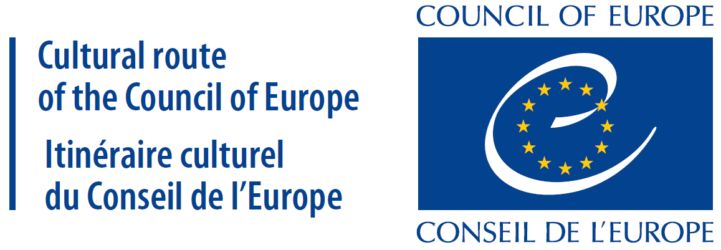The stage of the Iron Curtain Trail includes Sopron, a place that played a major role in the Cold War. On the border close to this town, the Austrian and Hungarian Foreign Ministers jointly cut through the border fence on 27 June 1989. In August that year a border gate between Austria and Hungary was symbolically opened at the ‘Pan-European Picnic’. There are many other interesting sites located along this stage, including the Palace of Esterházy, once described as the Hungarian Versailles and the Őrségi National Park.
License & Disclaimer
These EuroVelo GPX tracks are made available under the Open Database License. While ECF and National EuroVelo Coordination Centers and Coordinators (NECCs) make every effort to ensure the tracks and their levels of development are both current and accurate, errors or outdated information can occur. The user is fully responsible for his or her own safety when making use of the tracks and for following national traffic rules and signing. Please download and read the complete disclaimer before using the tracks.
